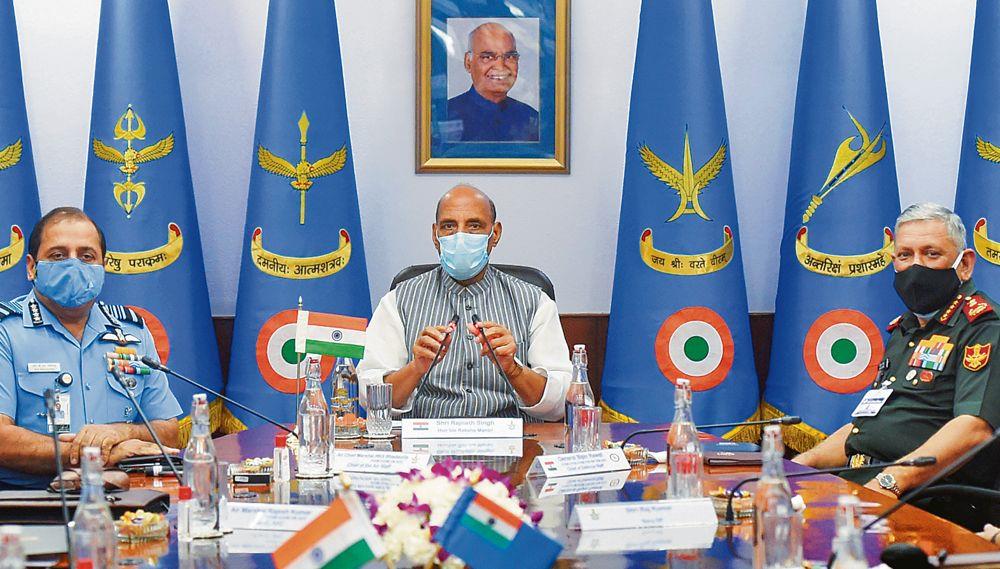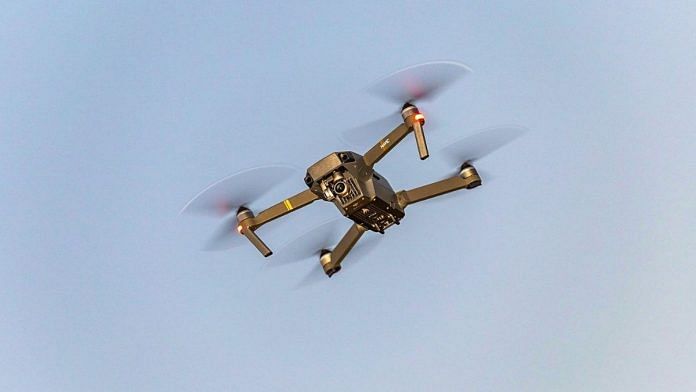
The furore over the latest arms procurement scandal in India — this time over the Rafale deal should have led to calls for greater indigenisation of the military industrial complex in the country
The furore over the latest arms procurement scandal in India — this time over the Rafale deal should have led to calls for greater indigenisation of the military industrial complex in the country. Unfortunately, we don’t prefer it. All that we prefer is politicking around the same. Why is there always a corruption cloud surrounding our deals with foreign countries? We should also remember that the problem is not foreign suppliers alone, but a defence marketplace where domestic industry produces low-quality weapons at great cost.
Excluding foreign sellers only reduces the number of players and externalises the problem; it does not stop corruption. As a rising power, India is better off buying technology rather than stealing it. It is better off inviting the world to participate in its rise than keeping the world outside and suspicious. There is a tremendous transparency in the country’s development in this aspect. India does not make the world suspicious at all. India also does not mind sacrificing its secrecy. What is required is reforming our procurement system rather than winnowing down the market.
Whenever India buys weapons from foreign suppliers it not only develops military capacity but also builds relationships with other key countries that facilitate its rise. In spite of this, it always throws up a question as to whether it knows that economic efficiency in the market and pricing does not hold good when we are talking about armaments. Weapons in the same category made by different manufacturers are not readily comparable, especially at the higher rungs of the technology ladder. There are too few sellers and even fewer buyers to make a truly competitive market.
Further, the value of a particular weapon-system in the context of a national security strategy is hard to calculate. As defence experts say, figuring out whether missiles or attack aircraft have greater utility is not that easy. India’s defence market faces these challenges and more. Apart from adopting their political stands, our leaders seem to be disconnected from national objectives when they talk of armed forces. We expect our services to define their threat perceptions and prepare for their wars.
To top it we have our service rivalries. Only during crisis time they seem to unite. The problem is exacerbated by the lack of military expertise in the political and bureaucratic class. Strangely our country has a scientific advisor to the Defence Ministry who is also a head of the military labs which means he is supposed to evaluate his own work. Moreover, these dysfunctions persist behind the trope of secrecy.
Closed-off organisations generally fail to innovate; little wonder that only three per cent of DRDO scientists and engineers have PhDs. Opening up the military research and weapons procurement process to public view would reduce the potential for corruption, and it would not be worse than the present glacial acquisition process. Indian defence badly needs reform, but the recommendations of several high-powered committees — including those headed by Arun Singh, Naresh Chandra and the irreplaceable K. Subrahmanyam (Kargil review) — remain ignored by several governments. Talking of corruption alone will not help. The sooner our Netas understand it, the better.














 © Provided by The Indian Express
© Provided by The Indian Express
































































